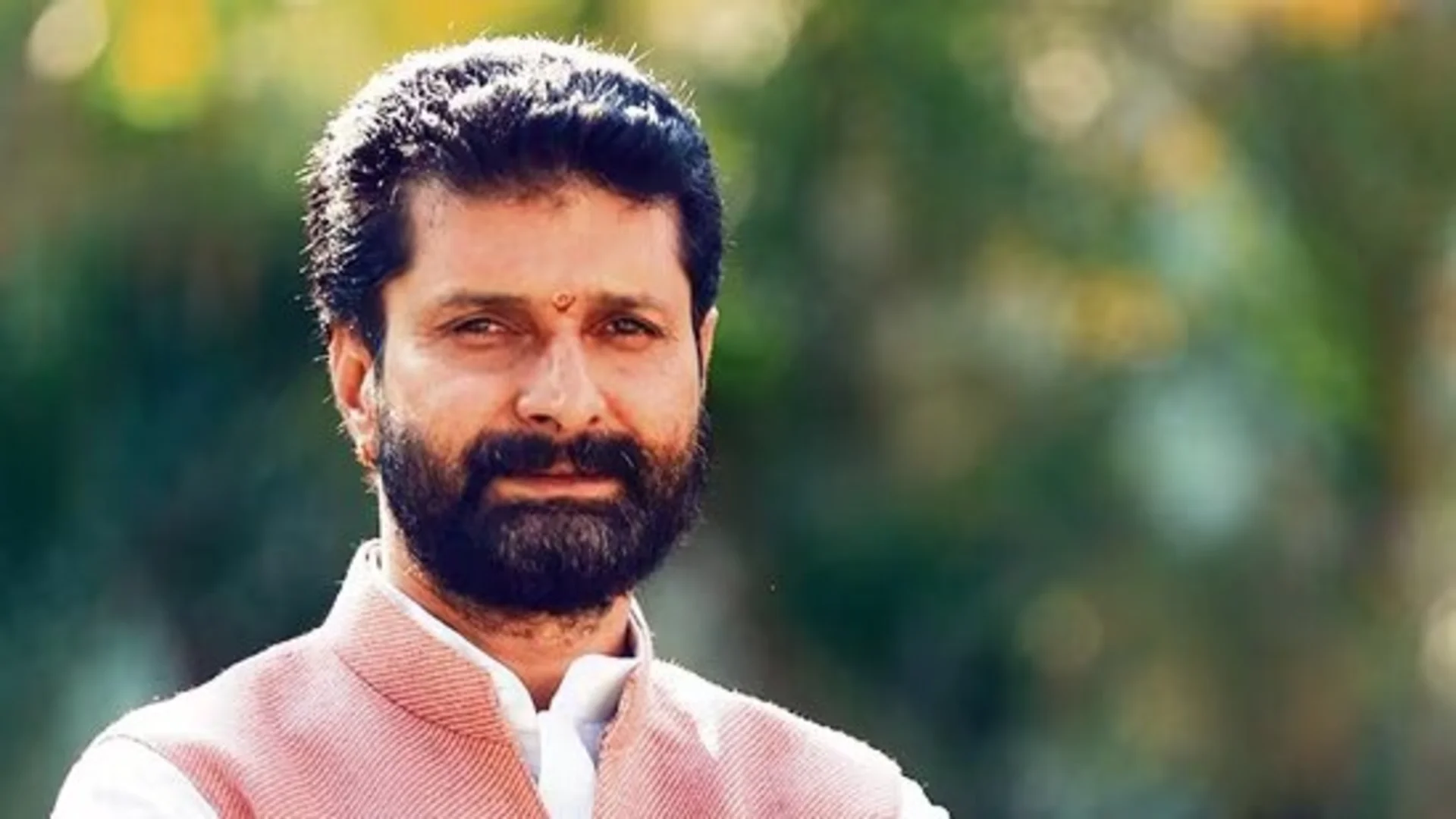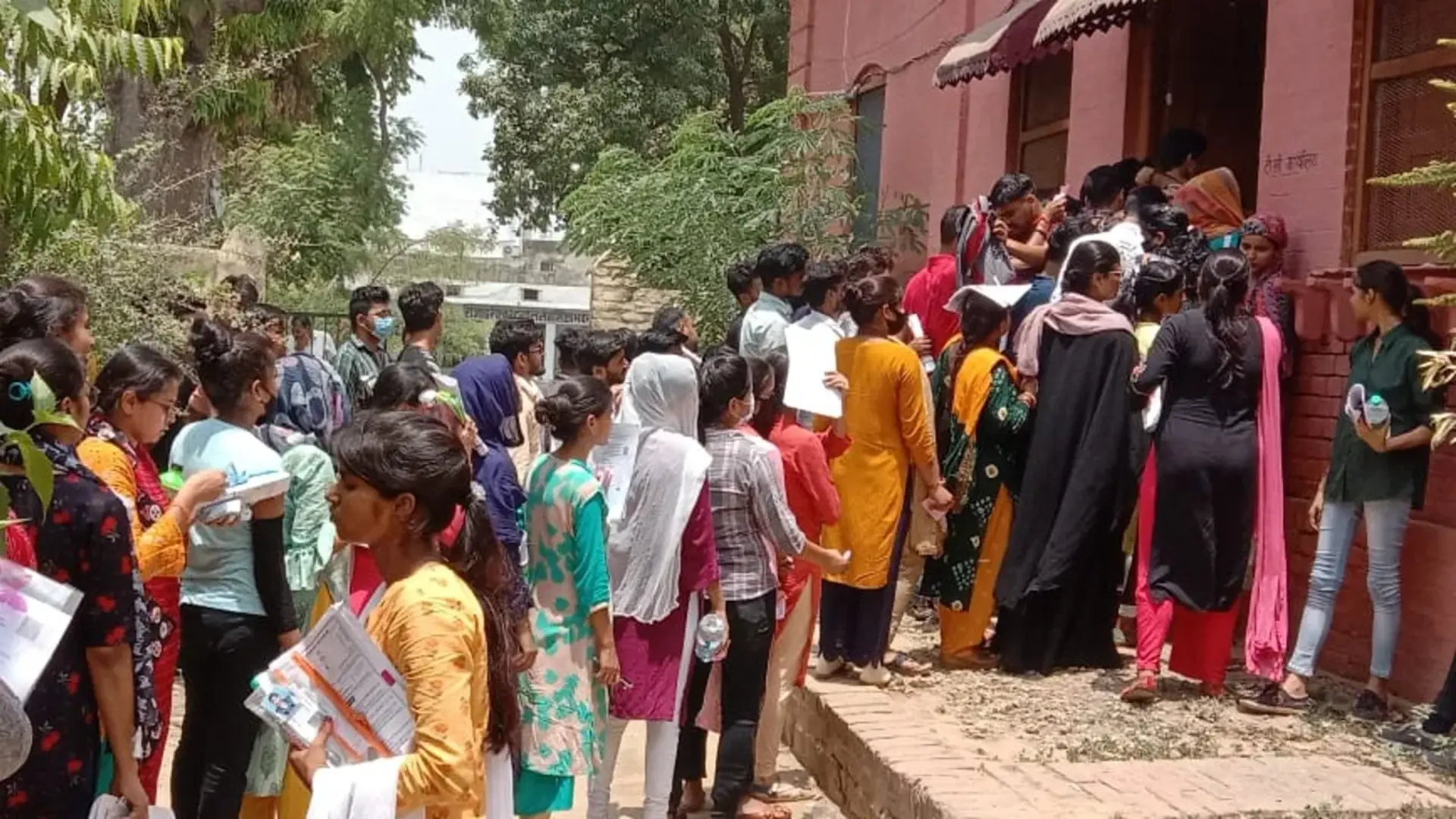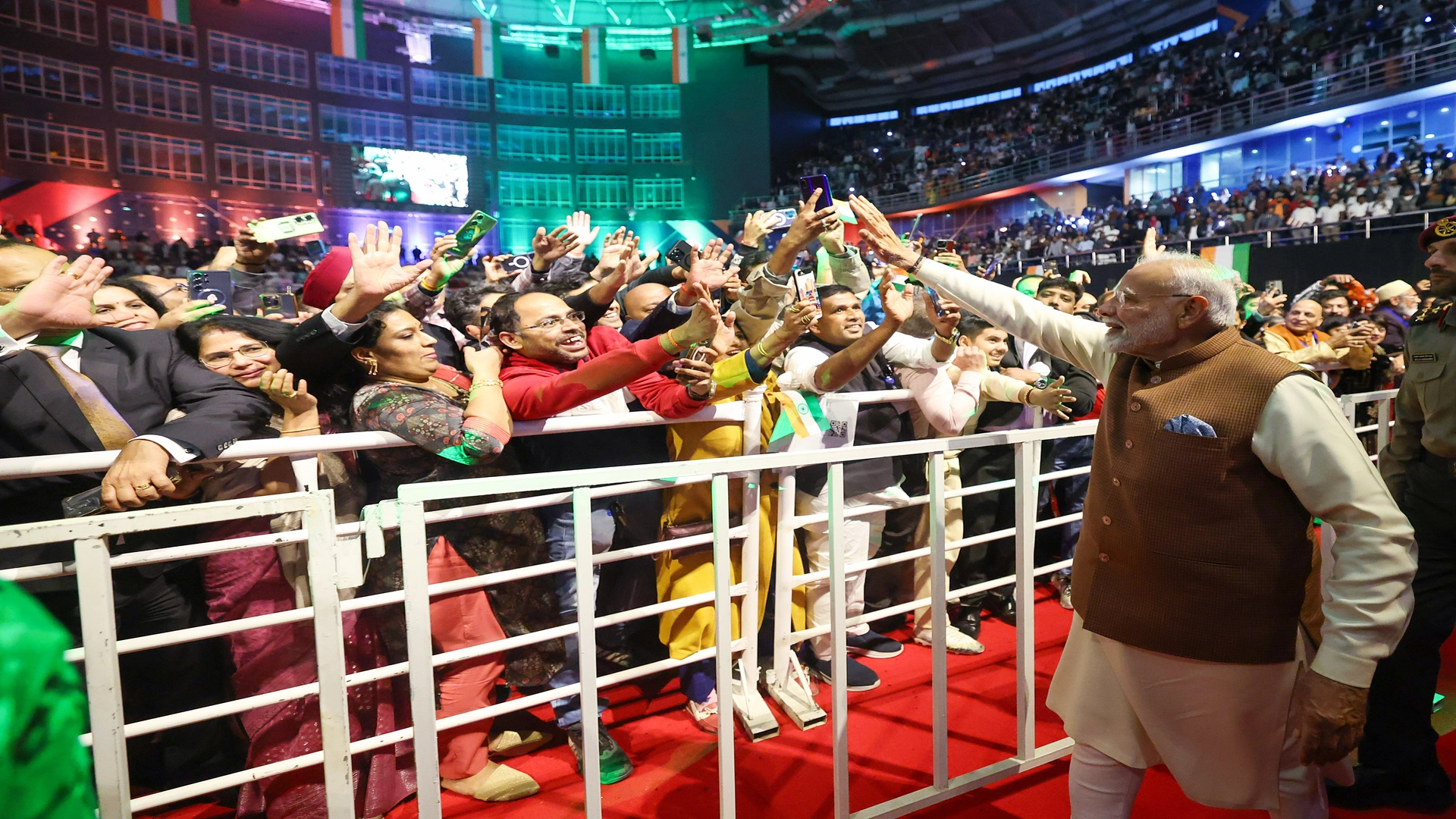In the modern era of warfare, technological advancements have paved the way for a new strategic paradigm known as “Non-Contact” or “Non-Contact Warfare.” This approach involves the seamless integration of long-range missiles, precision-guided smart weapons, unmanned systems, robots, and satellites, providing military strategists with unprecedented capabilities.
The essence of Non-Contact Warfare lies in the comprehensive utilization of a nation’s capabilities in a cohesive manner. Its primary goal is to achieve swift and decisive victories by remotely disrupting, denying, and destroying the enemy’s ability to wage war. This is accomplished through the precise delivery of destructive kinetic energy and the strategic application of soft power, facilitated by relentless information operations.
By leveraging advanced technologies, Non-Contact Warfare enables military forces to engage and neutralize threats from a distance, minimizing confrontation and reducing the risk of casualties. This strategic approach aims to cripple the enemy’s war-waging potential through a coordinated and technologically-driven assault, ultimately leading to a decisive victory.
Artificial Intelligence: Reinventing Indian Defence
The transformative impact of artificial intelligence (AI) is being felt across various industries worldwide, with global expenditure on AI reaching $118 billion in 2022 and projected to surpass $300 billion by 2026. The defence sector is no exception, as militaries around the globe are increasingly incorporating AI-based technologies into their combat systems.
AI finds applications in the defence domain for purposes such as training simulations, surveillance, logistics management, cybersecurity, unmanned aerial vehicles (UAVs), advanced military weaponry like lethal autonomous weapon systems (LAWS), autonomous combat vehicles, and robotics.
In India, the influence of AI in the defence sector was highlighted on July 11, 2022, when Rajnath Singh, the Indian Defense Minister, unveiled 75 recently developed AI technologies.
This unveiling took place at the inaugural ‘AI in Defense (AIDef) symposium and exhibition organized by the Ministry of Defense in New Delhi. The event showcased the growing adoption of AI in India’s defence capabilities and underscored the country’s commitment to leveraging cutting-edge technologies in the military domain.
AI’s application in modern warfare
Unmanned Aerial Vehicles (UAVs) or drones equipped with AI-based aircraft technology demonstrate high proficiency in conducting day and night surveillance operations, including order control and comprehensive surveillance missions.
Lethal Autonomous Weapon Systems (LAWS) are integrated with sensors and pre-programmed algorithms that assist in identifying, selecting, and tracking hostile targets, potentially without human intervention.
Autonomous armoured vehicles and robots are capable of performing unattended, real-time surveillance, transporting injured personnel, and carrying supplies in challenging environments such as deserts and mountainous areas, enhancing logistics and operational capabilities.
Data management is another area where AI can contribute significantly by analyzing and utilizing unutilized or underutilized data, generating more practical and valuable insights for the Indian armed forces. This can improve the capabilities of Intelligence, Surveillance, and Reconnaissance (ISR) operations, providing a strategic advantage.
AI adoption in the Indian Military
In February 2018, the Ministry of Defence’s Department of Defence Production established a task force to examine the potential implementation of AI in defence contexts. This task force, titled “Strategic Implementation of AI for National Security and Defense,” submitted its report in June 2018.
Based on the recommendations of this task force, a Defence AI Project Agency (DAIPA) and a Defence AI Council (DAIC) were set up in 2019.
The DAIC comprises the three service commanders, the defence secretary, the national cyber security coordinator, and representatives from the Defence Research and Development Organisation (DRDO), industry, and academia. The defence minister chairs this council. The DAIC is tasked with convening biannually to provide essential guidance that facilitates and executes policy-level modifications, operational framework development or customization, and structural support. The Secretary (Defence Production) serves as the ex officio president of the DAIPA, with members selected from academia, industry partners, the services, Defence Public Sector Undertakings, DRDO, and the DAIPA itself. The DAIPA is responsible for establishing and implementing benchmarks for the technology development and delivery process of AI initiatives, as well as consulting user groups regarding the adoption strategy for AI-led and AI-enabled systems and processes.
While these measures at the level of the Defence Ministry are plausible, they must be supplemented with changes to organizational structure, planning, and processes at the level of the end-users, namely the military. The adoption of artificial intelligence will be inconsistent and suboptimal unless the military is adequately prepared to assimilate this technology.
Understanding Various Implications of AI Advancements
In modern warfare, cyber warfare has become an integral and indispensable component, seamlessly integrated into military strategies. The United States Department of Defense defines cyber operations as the coordinated employment of Electronic Warfare (EW), Computer Network Operations, Military Deception, Psychological Operations, and Operational Security. This orchestrated approach aims to influence, disrupt, correct, or undermine the adversary’s decision-making processes while safeguarding one’s interests.
In the realm of artillery operations, Unmanned Aerial Vehicles (UAVs) play a critical role, directing fire assaults and conducting Post Strike Damage Assessment (PSDA) for any firepower engagement. The utilization of satellites, UAVs, and on-the-ground agents in enemy territory is pivotal for target acquisition for missiles and precision-guided munitions (PGMs), aligning with the broader strategy of Non-Contact Warfare.
Artificial intelligence, notably in the form of robotics, emerges as a significant factor in this paradigm shift. Robots equipped for multifaceted soldiering tasks, coupled with Unmanned Ground Vehicles (UGVs) and Unmanned Surface Vehicles (USVs), are revolutionizing operations in both land and sea theatres. These advanced systems enhance capabilities and reduce the need for direct human involvement in high-risk situations, further reinforcing the concept of Non-Contact Warfare.
Maximizing effectiveness with AI analytics
The Indian military is actively integrating AI technologies across intelligence, surveillance, training, and operations. AI-based monitoring software aids counter-terror ops, while simulator tech trains recruits. AI-powered drones and robots enhance border surveillance, reducing human risks. Defence Minister Singh unveiled 75 new AI products like robotics and automation tools. India and the US will launch a Defense AI Dialogue and expand cyber training cooperation. The AGNI-D AI surveillance system, deployed in Ladakh near China, automatically detects threats from camera footage, alerting troops. AI is transforming India’s warfare capabilities for enhanced readiness and non-contact engagement.
The Indian military is actively integrating AI technologies across intelligence, surveillance, training, and operations. AI-based monitoring software aids counter-terror ops, while simulator tech trains recruits. AI-powered drones and robots enhance border surveillance, reducing human risks. Defence Minister Singh unveiled 75 new AI products like robotics and automation tools. India and the US will launch a Defense AI Dialogue and expand cyber training cooperation. The AGNI-D AI surveillance system, deployed in Ladakh near China, automatically detects threats from camera footage, alerting troops. AI is transforming India’s warfare capabilities for enhanced readiness and non-contact engagement.
A look into the future
The future of warfare is evolving towards a “non-contact” paradigm, where technological advancements are increasingly taking centre stage in achieving strategic military objectives.
During the 3rd Global Artificial Intelligence Summit & Awards in New Delhi, Union Minister Piyush Goyal expressed confidence that Artificial Intelligence (AI) will act as a catalyst in India’s journey towards becoming a developed nation by 2047. He believes AI will bring prosperity to every Indian citizen.
Goyal stated that the convergence of the ‘Make in India’ program with AI technology will enable India to become the factory of the world, providing both equipment and technology globally. He highlighted India’s vast talent pool as an asset that will aid in exploring newer applications of AI across all economic sectors.
Vaibhav Agrawal is a Senior Defence Journalist and Editor at Business Upturn. He covers complex issues surrounding subjects like Space, Defence & Geopolitics. He can be reached at vaibhavmag1@gmail.com







